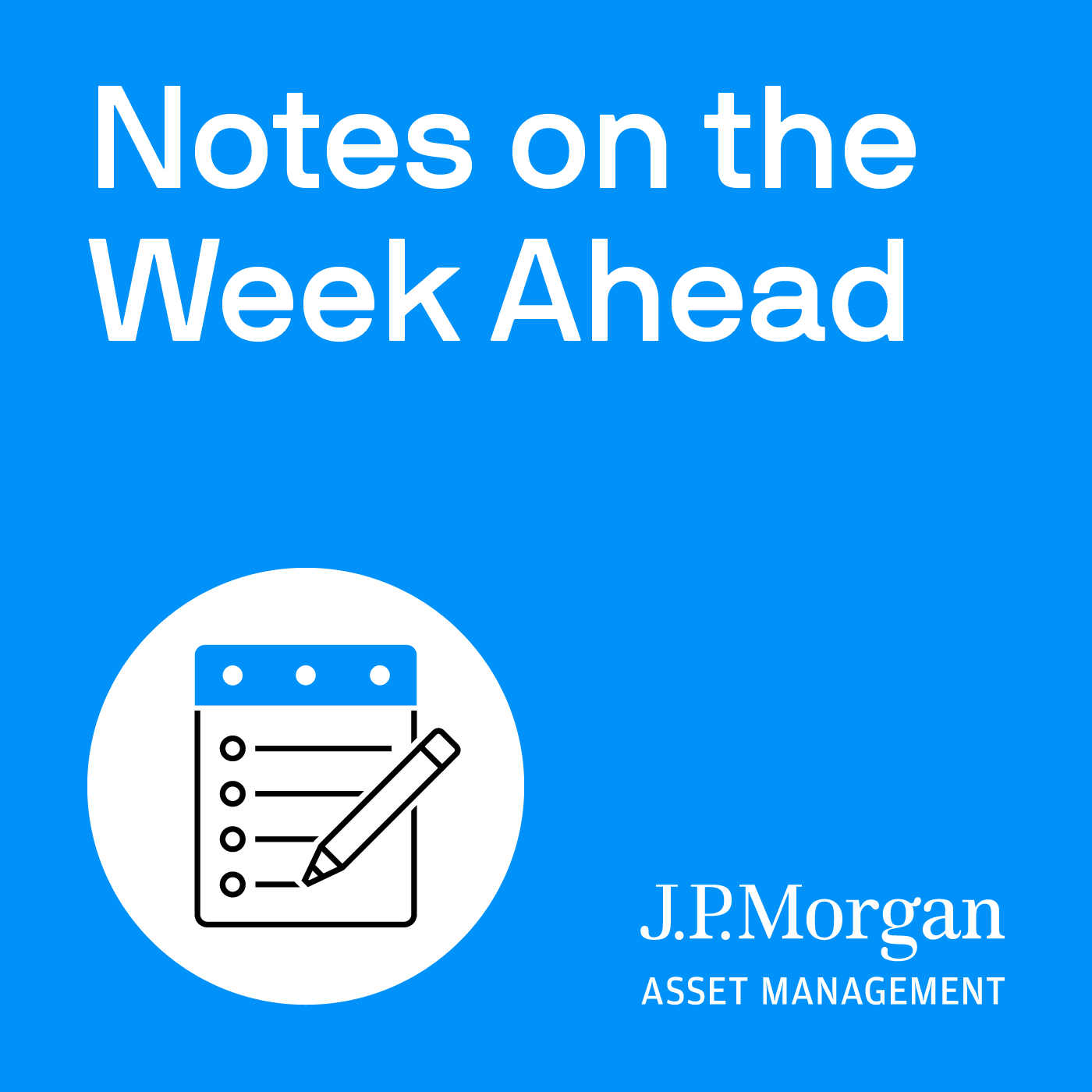
Over the holiday season, we got to spend some time with our very charming granddaughter and, as a bonus, I am now fully re-acquainted with all the verses of “The Wheels on the Bus”.
As we enter 2025, the American economy is rather like an old school bus – slow but steady, reliable and resilient. It generally moves forward. However, it is not invulnerable. The wheels of the bus are being pulled off the ground by ballooning asset prices. The new driver of the bus may or may not try some dangerous policy maneuvers. The wipers of the bus may be obscuring obstacles in the road ahead. And the people on the bus, instead of spreading out and sitting down, are all standing up, crowded to one side so that if something does go wrong, there could be significant injuries.
For investors the message is simple: don’t just focus on the stability of the economic expansion but also consider the current extremes – extremes of wealth and debt in the economy, extremes of valuation and concentration in markets and, in a financial environment distorted by passive investing and capital gains tax avoidance, extremes within personal portfolios that make them increasingly vulnerable to shocks.
The Stability of the Expansion
However, to start with the good news, the American economy appears to be very healthy entering 2025.
- We estimate real GDP grew by 2.0% in the fourth quarter, bringing the year-over-year growth rate to 2.4%, including a 2.9% year-over-year gain in real consumer spending. Consumption has been boosted by 20 straight months of year-over-year real wage gains, 48 uninterrupted months of job gains and an estimated $26 trillion or 19% increase in net worth over just the past two years. Business fixed investment has also contributed to growth and strong corporate profits and AI enthusiasm should sustain capital spending going forward. Elsewhere, in the year ahead, we expect inventories, home-building and government spending to add to growth and international trade to detract from it. But with consumption and capital spending accounting for a combined 82% of GDP and continuing to grow steadily, overall GDP growth in 2025 looks set to come close to the strong 2.4% pace achieved in 2024.
- This Friday’s jobs report should confirm a healthy labor market, with the economy adding between 150,000 and 200,000 non-farm payroll jobs in December. It is possible, with a continued surge in labor supply from new immigrants, that the unemployment rate will tick up to 4.3% from 4.2% in November. However, survey data continue to show that consumers regard jobs as plentiful while employers are finding it hard to hire qualified applicants. Given recent and projected GDP growth, we expect the economy to add an average of 150,000 to 175,000 payroll jobs per month in 2025 and, provided any immigration crackdown isn’t too dramatic, foreign-born workers should be able to meet this demand, holding the unemployment rate close to 4%.
- Progress on inflation has slowed somewhat recently, with the December 2024 personal consumption deflator expected to show a 2.5% year-over-year rise, down just 0.2% from the same statistic in December 2023. However, in the absence of significant policy changes, inflation would likely resume its decline towards 2.0% in the months ahead.
Part of this simply mechanical. The personal consumption deflator grew at an average monthly pace of 0.33% in the first four months of 2024. If, as we expect, this falls to less than 0.2% in the first four months of 2025 then, by April, the year-over year rate should have fallen from 2.5% to 2.0%.
However, at a more fundamental level, inflation pressures still seem to be fading. We estimate that average hourly earnings rose by a moderate 4.0% year-over-year in the fourth quarter, which, given solid productivity gains, should be largely compatible with the Fed’s goal of 2% consumption deflator inflation. In addition, a slow-growing global economy, which should be confirmed in composite PMI data this week, should limit both commodity inflation and imported inflation in general, as should the further surge in the dollar since the November elections. Moreover, the government’s measures of shelter and auto insurance inflation still appear to be lagging reality and should decline in 2025 as they did in 2024. - Finally, this environment appears to be very positive for corporate profits. According to analyst estimates compiled by FactSet, S&P500 pro-forma earnings are expected to rise by 14.8% in 2025, following a 9.5% gain in 2024. Significantly, all 11 S&P500 sectors are expected to contribute to gains in 2025 compared to just 8 in 2024.
Policy Risks and Economic Extremes
While this appears to be a very benign environment, there are some risks that investors should not ignore.
First, aggressive policy actions in hiking tariffs, deporting unauthorized immigrants or cutting taxes could prove inflationary. This would be negative for the bond market both directly and because it could encourage the Federal Reserve to ease even more slowly than they projected in their December Summary of Economic Projections.
That being said, policy changes will likely be less dramatic than those promised on the campaign trail. The scale of tariffs proposed would add to consumer inflation, snarl supply chains and invite sharp retaliation, all of which would hurt Republicans seeking reelection in 2026. So smaller tariffs - with the threat of more to come - is a more likely short-term outcome. Similarly, massive deportations of all unauthorized immigrants could be very disruptive to business. However, this would require a surge in judges, border patrol officers and detention facilities that would likely need funding from Congress and could not be achieved overnight. Finally, fiscal stimulus would likely be attached to the 2026 budget legislation and so wouldn’t be implemented until next year. It might also have to contain milder stimulus, beyond extending the 2017 tax cuts, than was promised by President-elect Trump. Republicans have a very narrow majority in the House of Representatives and it would only take a few deficit hawks within the Republican caucus to force the Administration to scale back its plans.
Beyond policy uncertainty, the economy is, as always, vulnerable to a variety of risks including geopolitical conflict, terrorist attacks, cyber attacks, weather events, geological events or even another pandemic. Moreover, some economic variables are at extremes that could, in theory, amplify the effect of shocks. The federal deficit, even without policy changes, could reach $2.25 trillion this year, or 7.5% of GDP – a shocking number for a full employment economy. If some event were to cause a further sharp rise in that deficit, long-term interest rates could surge as global investors doubted whether the U.S. would ever have the political willpower to slow the deterioration in the public finances.
In addition, while the U.S. has seen solid economic growth and a massive increase in household wealth in recent years, the gains have been very concentrated among the wealthiest households. This widening inequality and the alienation it fosters could eventually express itself politically in ways that could be destructive to the financial environment.
Market and Portfolio Extremes
Beyond potential sources of disruption to the macro environment, investors should pay attention to extremes in relative valuations and concentration.
The S&P500 currently trades at a forward P/E ratio of 21.4 times – 1.4 standard deviations above its 30-year average. Within that index, the top 10 stocks now account for almost 39% of total market cap and carry an average forward P/E of 29.6 times. The U.S. now accounts for a record 67% of global market cap and non-U.S. stocks trade at a 38% P/E discount to U.S. stocks – more than 2 standard deviations below the 20-year average for that relationship. The U.S. dollar, following a 6% rally last year, is at almost its highest levels, in real terms, in the last 40 years. None of these extremes in valuations tell us much about short-term performance. However, they are a better guide to long-term performance and where the risks lie, should markets suddenly turn more negative.
Equally important, however, is the extent to which individual investors may now be out of balance. On page 64 of our new 1Q2025 Guide to the Markets, we illustrate how the divergent performance of different asset classes in recent years could have undermined portfolio balance. In particular, without rebalancing, a portfolio that had a 60/40 stock-bond allocation at the start of 2019 could have drifted to a 73/27 allocation by the start of this year, with a heavy over-weight to U.S. growth stocks. Rebalancing, of course, can be painful since it often requires the realization of capital gains and frequently results in lower short-term returns than would have occurred if you had simply allowed your portfolio to drift with the market tide.
Nevertheless, tides can and eventually will turn. Because of this, after two spectacularly good years for markets, investors should attempt to find balance in an environment where economic stability could eventually be outweighed by shocks amidst extremes in valuations and concentration.

